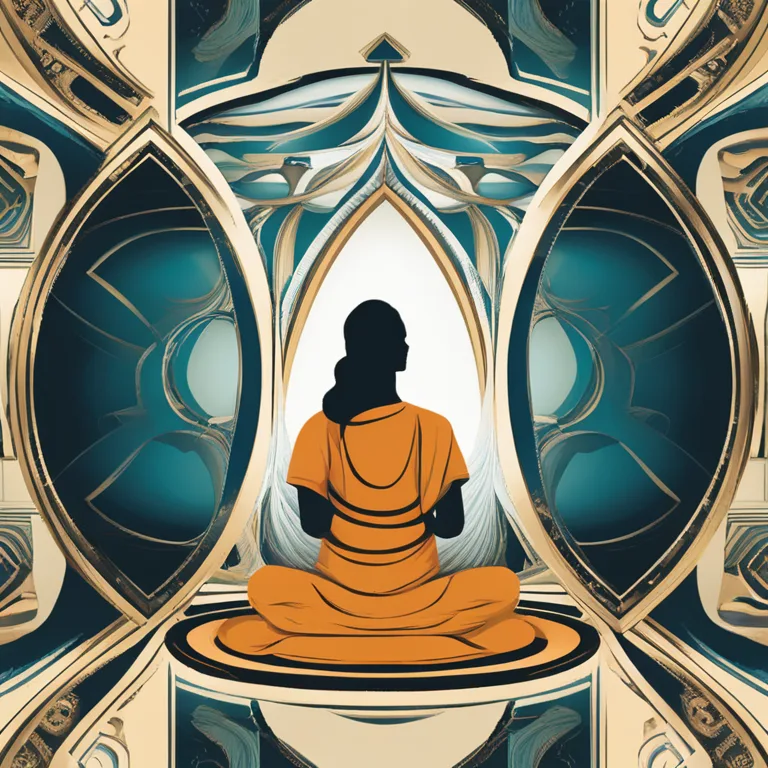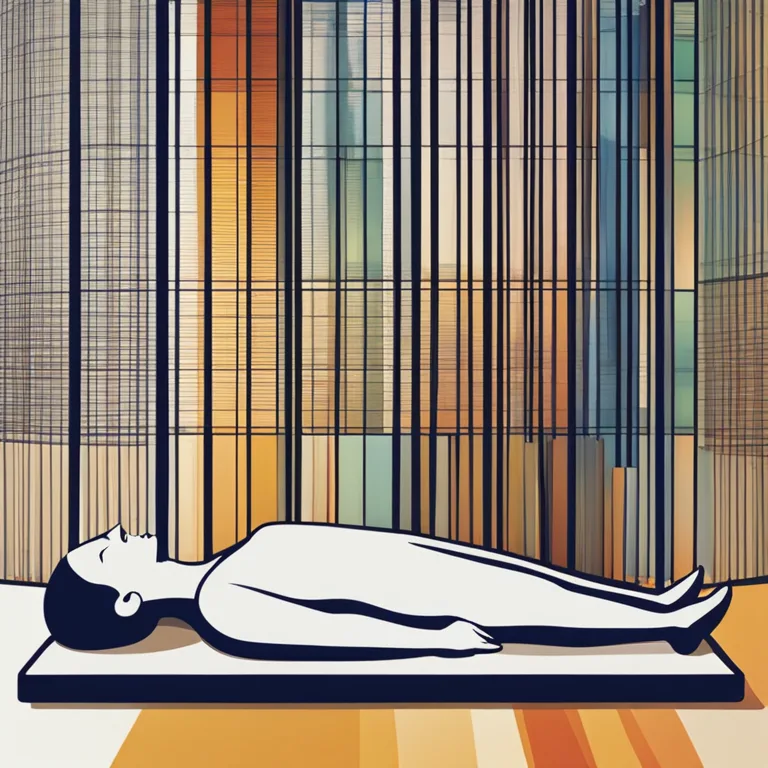
Meditation Techniques & Pain Reduce
Discover meditation techniques to manage and reduce pain through mindfulness and focused practices in this concise guide.
article by Hina Kurosawa
Introduction to Pain and Meditation
Pain, be it acute or chronic, can be a debilitating experience for many. As we push through 2024, the blend of ancient wisdom and contemporary understanding illuminates the role meditation can play in pain management. This synergy offers new insights into non-pharmacological interventions for those seeking solace from pain. By directing our attention and fostering a deep connection between mind and body, meditation can be a powerful tool for attenuating the acuteness of pain.

Mindfulness-Based Stress Reduction
Mindfulness-Based Stress Reduction (MBSR) is a program that was developed at the University of Massachusetts Medical School in the late 1970s. It combines mindfulness meditation and yoga to help individuals cope with stress, anxiety, pain, and illness. The core principle of MBSR involves mindfully paying attention to the present moment without judgment. Practitioners are taught to observe their bodily sensations and breath, acknowledging pain but not allowing it to dominate their experience. Studies have shown MBSR can significantly reduce chronic pain intensity and improve quality of life.

Body Scan Meditation
A key component of MBSR, the Body Scan, is also an effective standalone meditation technique for pain. It involves lying down and bringing one's attention to various parts of the body in a sequential manner. By non-judgmentally noticing sensations and pain, and cultivating a sense of release on the exhale, practitioners can often experience a reduction in pain intensity. This method encourages a more holistic awareness of the body, which may change the pain's perceived significance.

Breath-Focused Meditation
Breath-focused techniques are pivotal in the realm of meditative pain management. Concentrating on breathing patterns constitutes a distraction mechanism that refocuses the mind away from pain signals. Engaging with deep, diaphragmatic breaths also induces relaxation responses in the body, which can decrease muscle tension often associated with pain. By regularly practicing breath-focused meditation, individuals may find themselves more in control of their reactions to discomfort.

Visualization and Guided Imagery
Visualization and guided imagery are powerful psychological tools that involve the conscious creation of calming images and scenarios in the mind. This technique can transport an individual away from their pain as they immerse in a peaceful setting or visualize the pain melting away. Guided imagery is often accompanied by soothing music or narrations and has been recognized for its efficacy in reducing pain, particularly in hospital settings for postoperative pain management.
Loving-Kindness Meditation
Loving-kindness meditation, or Metta Bhavana, encourages an attitude of compassion and love, starting with oneself and extending outwards to others. This form of meditation has been shown to help manage pain by fostering a positive emotional state, alleviating psychological distress, and lessening the subjective intensity of pain. Repeating phrases of kind intention can shift focus away from pain, promoting emotional and physical well-being.
Moving Meditation: Tai Chi and Qigong
The practices of Tai Chi and Qigong are often described as moving meditations due to their focus on mindful movements and deep breathing. While these practices hail from martial arts traditions, they are performed slowly and gracefully with attention to the flow of energy, or Qi, throughout the body. Both are beneficial in managing pain, especially for individuals with mobility issues, as they combine the tranquility of meditation with gentle, physical exercise.
Conclusion and Personal Practice
Meditation offers a diverse range of techniques to assist in pain management. It empowers individuals by providing them with tools to mitigate pain and improve their overall quality of life. Embracing these practices requires patience and persistence but can lead to lasting benefits. As with any new endeavor, it is advisable to start small, stay consistent, and seek guidance when necessary. The journey of meditation is a personal one, and the most effective technique is often the one that resonates deeply with you.
Published: 12/20/2023
Modified: 12/20/2023
More predictions
Come back here soon to learn more about yourself and your future


Sharpen The Focus with Meditation
Discover effective meditation techniques to enhance your concentration and mental clarity.


Boost Concentration with Meditation Techniques
Discover effective meditation strategies to enhance focus and concentration in daily life.


Meditation Techniques for Anxiety
Discover effective meditation practices to manage and reduce anxiety, promoting mental clarity and inner peace.